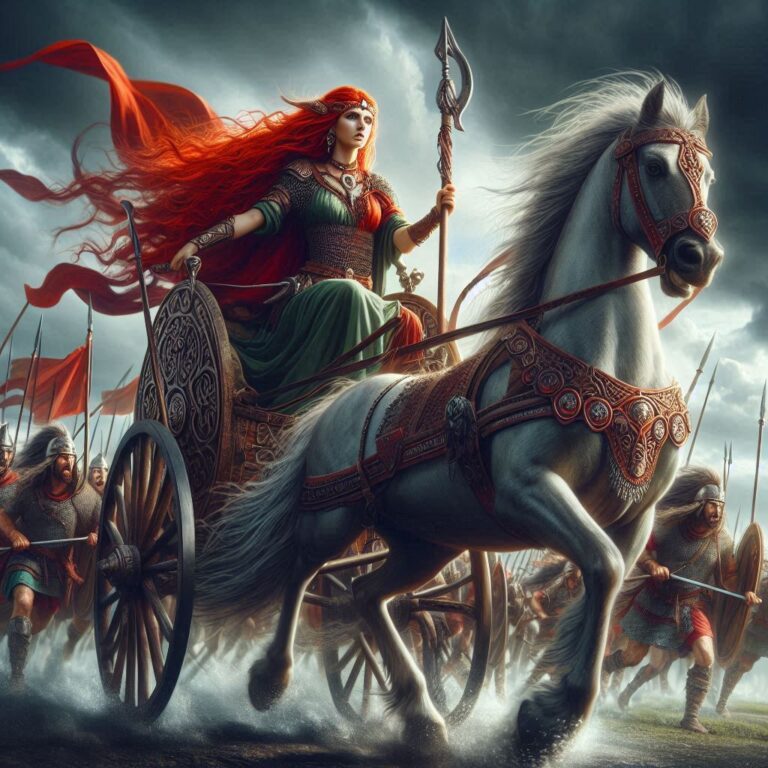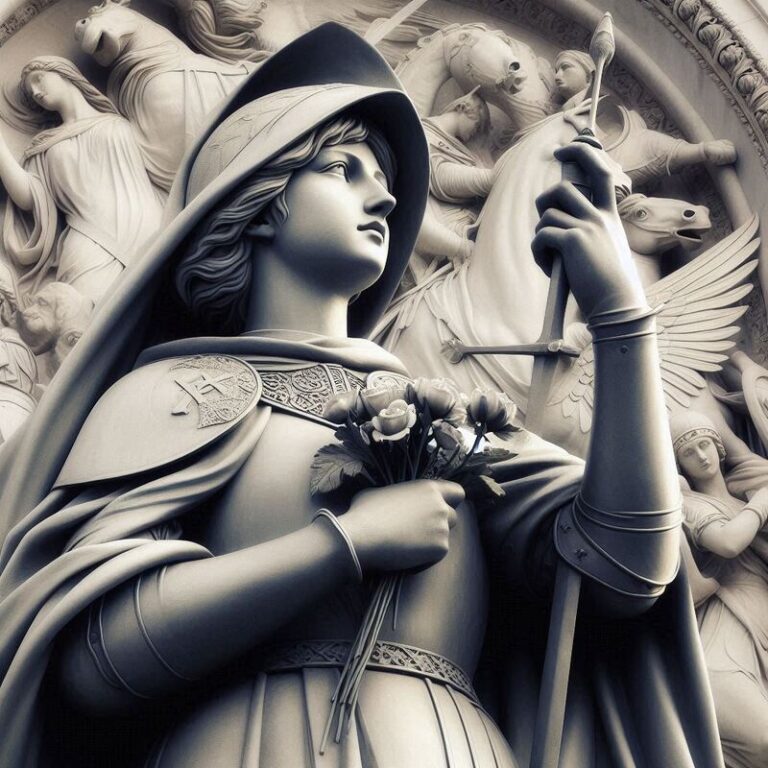The Legendary Spartacus
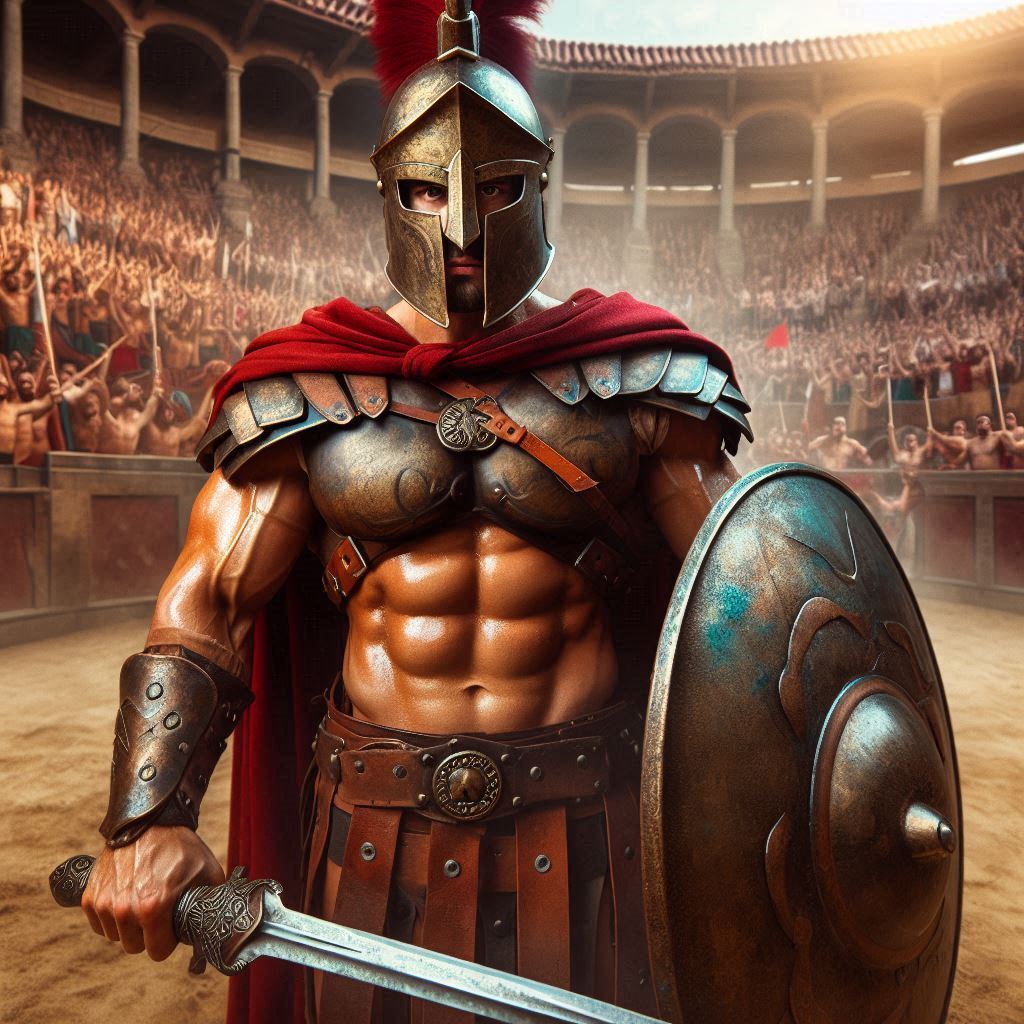
The Legendary Spartacus
Spartacus, the renowned gladiator who led a massive slave rebellion against the Roman Republic, remains one of history’s most compelling figures. His story is one of resilience, courage, and the unyielding quest for freedom. Born a Thracian, Spartacus was forced into slavery and became a gladiator, only to rise against his oppressors and lead one of the most significant uprisings in ancient history. This article delves into the life of Spartacus, exploring his journey from slavery to leadership, his battles and strategies, and his enduring legacy as a defender of the downtrodden.
From Thracian to Gladiator
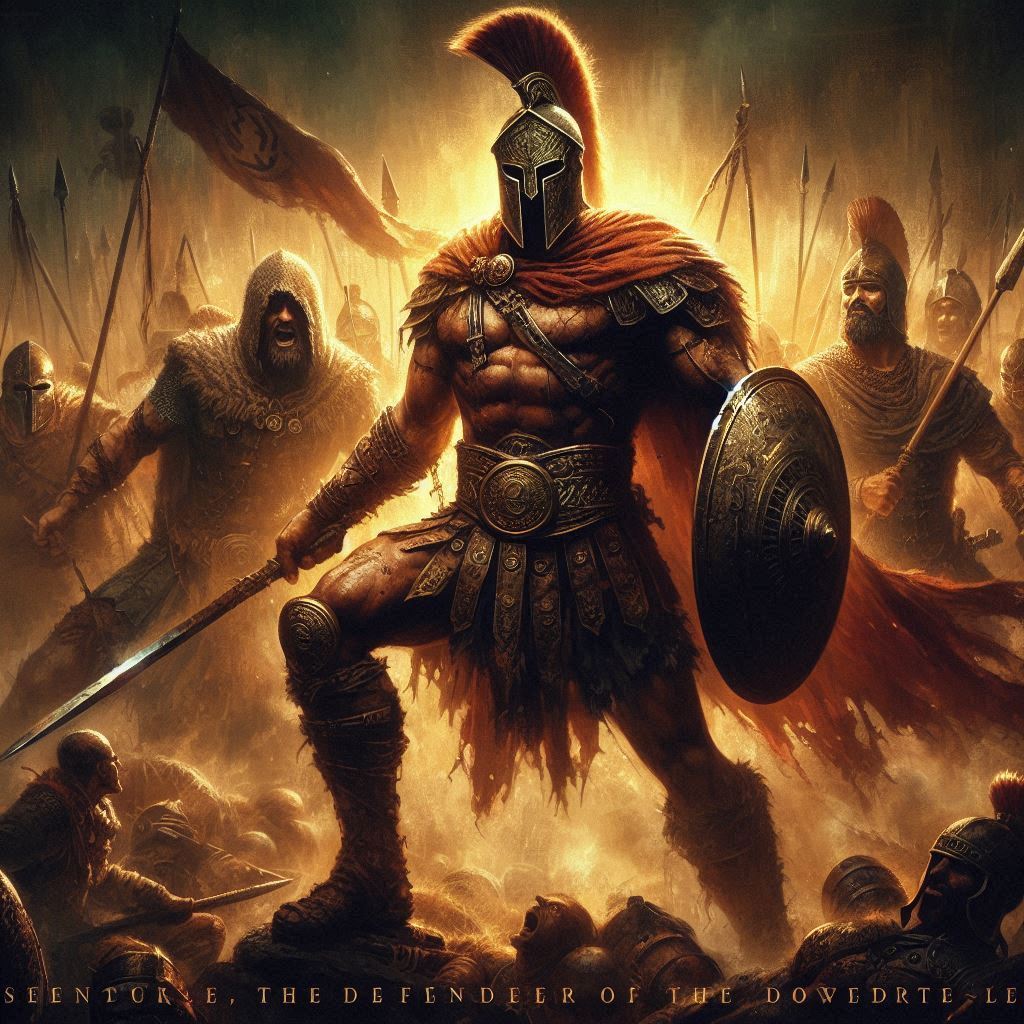
The Legendary Spartacus
Spartacus was born around 111 BC in Thrace, a region in southeastern Europe. Details about his early life remain sparse, but it is believed he served as a soldier in the Roman army before being captured and sold into slavery. As a slave, he was trained as a gladiator in the school of Lentulus Batiatus in Capua. The harsh conditions and brutal nature of gladiatorial combat forged Spartacus into a formidable warrior.
The life of a gladiator was one of constant peril, where death was an ever-present specter. Despite these conditions, Spartacus found camaraderie among his fellow gladiators, many of whom shared his desire for freedom. The gladiatorial school, intended to break the spirit of its inhabitants, instead became the crucible for a rebellion that would shake the foundations of Rome.
The Rebellion Begins
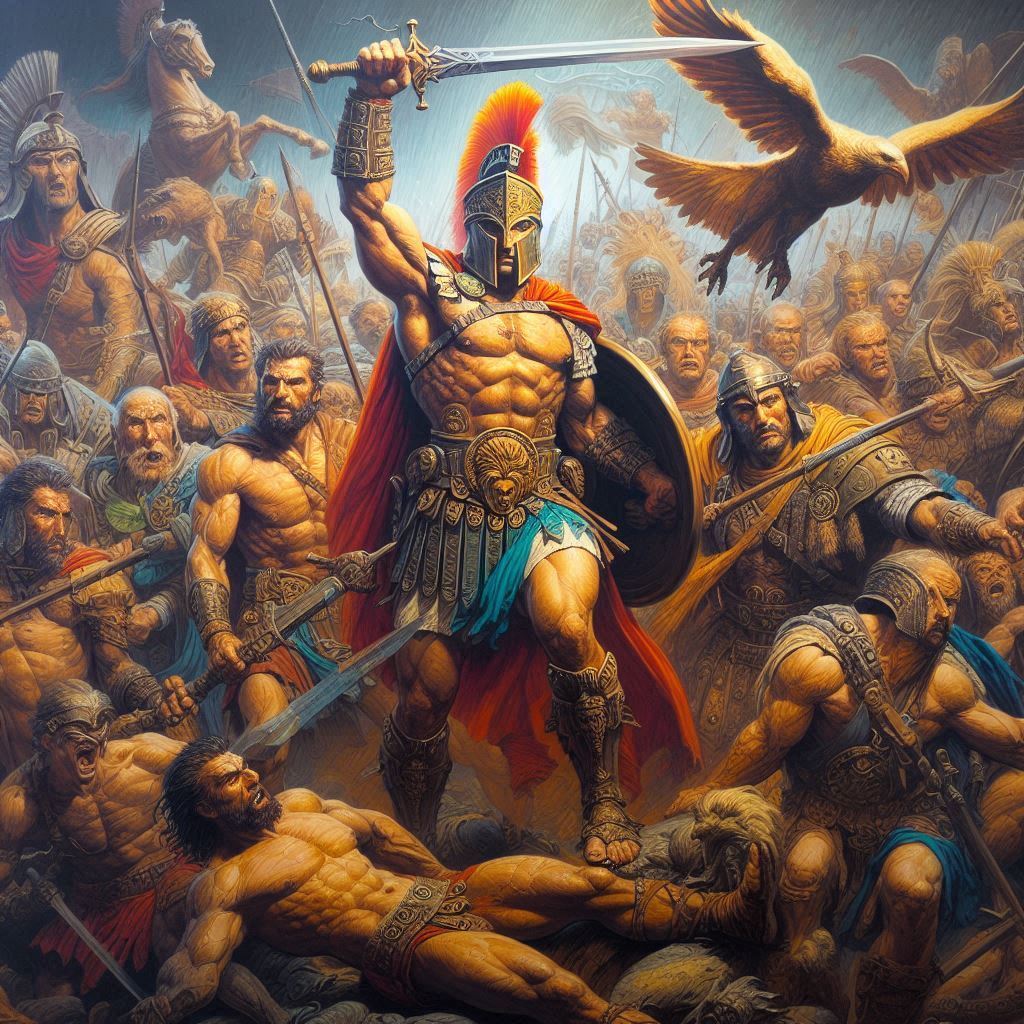
The Legendary Spartacus
In 73 BC, Spartacus and approximately 70 fellow gladiators orchestrated a daring escape from the gladiatorial school. Armed initially with kitchen implements and gladiatorial weapons, they overpowered their guards and fled to the slopes of Mount Vesuvius. There, they were joined by other escaped slaves and disaffected individuals, rapidly swelling their ranks.
Spartacus demonstrated exceptional leadership and strategic acumen, organizing his followers into a disciplined force. He and his co-leaders, including Crixus and Oenomaus, led their growing army in a series of successful engagements against Roman forces. The rebellion, initially perceived as a minor disturbance, quickly evolved into a major threat to Roman stability.
A Series of Victories
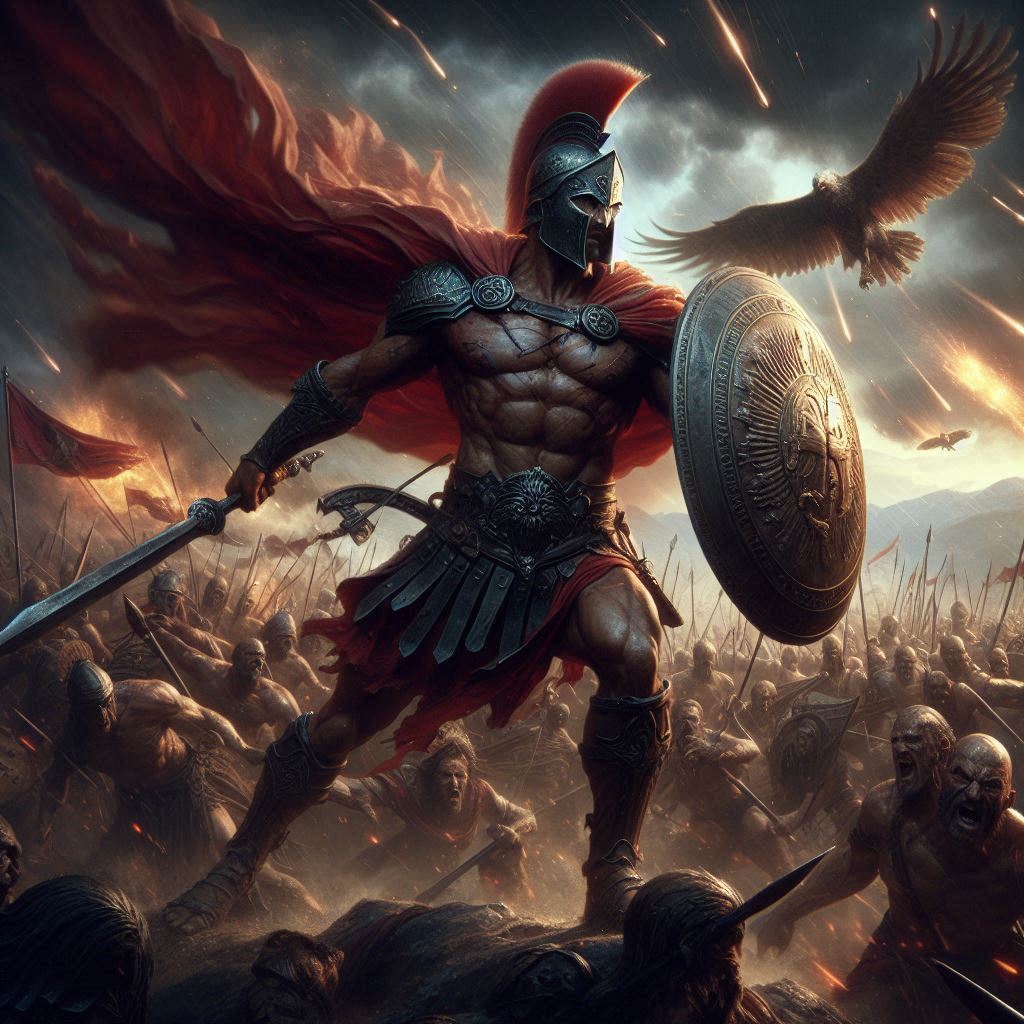
Spartacus’s forces achieved several significant victories against Roman troops, who underestimated the skill and resolve of the rebel army. The insurgents utilized guerrilla tactics, leveraging their intimate knowledge of the local terrain and their opponents’ complacency. Spartacus’s strategic brilliance was evident in these early engagements, where his ability to outmaneuver and outthink Roman commanders allowed his forces to secure much-needed resources and weaponry.
The Legendary Spartacus
One notable victory occurred at Mount Vesuvius, where Spartacus and his men, besieged by a Roman force under the command of Clodius Glaber, executed a daring escape. Using vines and makeshift ropes, they descended the steep slopes of the mountain, flanking and overwhelming the unsuspecting Romans. This victory bolstered the rebels’ morale and attracted even more followers to their cause.
The Expanding Rebellion
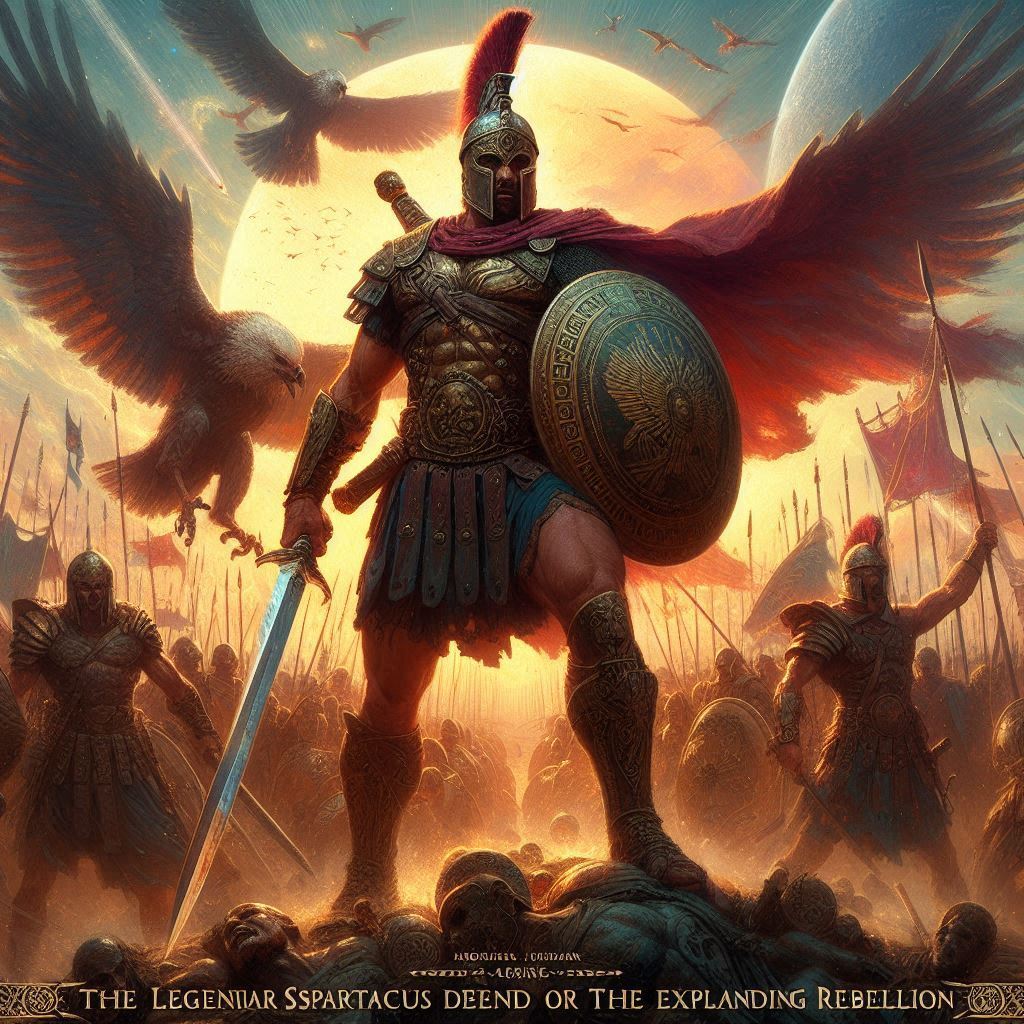
As word of Spartacus’s successes spread, thousands of slaves from across Italy flocked to join his ranks. At its peak, the rebel army is estimated to have numbered between 60,000 and 100,000 men, women, and children. Spartacus’s vision extended beyond mere survival; he sought to lead his people out of Italy, possibly to freedom in their homelands.
The Legendary Spartacus
The rebellion’s growing strength prompted the Roman Senate to take drastic measures. In 72 BC, they dispatched two experienced generals, Lucius Gellius Publicola and Gnaeus Cornelius Lentulus Clodianus, to crush the uprising. Despite initial setbacks, Spartacus continued to outmaneuver the Roman forces, winning several key battles and further demonstrating his military prowess.
The Road to Defeat
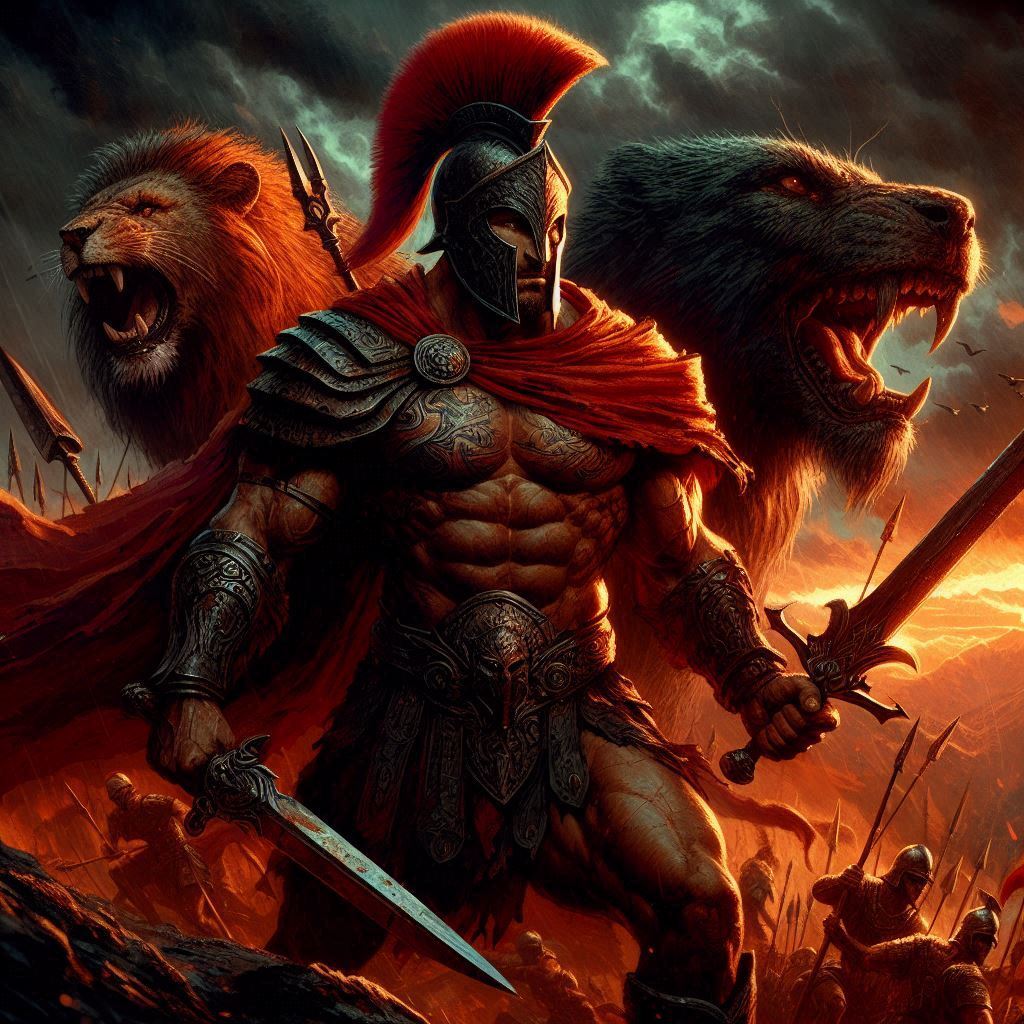
Despite their successes, Spartacus and his followers faced significant challenges. The sheer size of their force, composed of diverse and sometimes conflicting factions, made it difficult to maintain unity and discipline. Additionally, Spartacus’s strategic goal of leading his followers out of Italy faced logistical and practical obstacles.
The Legendary Spartacus
In the spring of 71 BC, the Roman Senate appointed Marcus Licinius Crassus to command the effort to suppress the rebellion. Crassus, a wealthy and ambitious patrician, brought considerable resources and determination to the task. He implemented a brutal training regimen and severe disciplinary measures to restore order and effectiveness to the Roman legions.
The decisive confrontation came when Crassus cornered Spartacus’s forces in southern Italy. Realizing the gravity of their situation, Spartacus attempted to negotiate a truce, which was rejected. Facing annihilation, he led his followers in a final, desperate charge against the Roman legions. Despite their valor, the rebels were overwhelmed, and Spartacus was killed in the ensuing battle. His body was never found, and many of his followers were captured and crucified along the Appian Way as a grim warning to others.
The Legacy of Spartacus
The Legendary Spartacus
Though ultimately defeated, Spartacus’s legacy as a defender of the downtrodden endures. His revolt exposed the inherent brutality and injustices of the Roman slave system, highlighting the humanity and resilience of those who suffered under its yoke. Spartacus’s fight for freedom resonated through the ages, inspiring countless generations to stand against oppression. The Legendary Spartacus
In literature and popular culture, Spartacus has been immortalized as a symbol of resistance and the unyielding human spirit. His story has been adapted into numerous books, films, and television series, each portraying the gladiator-turned-rebel as a hero who dared to challenge an empire. These adaptations, while varying in historical accuracy, consistently capture the essence of Spartacus’s struggle for justice and liberty.
Spartacus in Modern Times
The Legendary Spartacus
In contemporary discourse, Spartacus’s legacy continues to inspire movements for social justice and human rights. His story is frequently cited as an example of the power of collective action and the importance of fighting against systemic oppression. Spartacus represents the idea that even in the face of overwhelming odds, individuals and groups can rise up to demand their rights and change the course of history.
Academically, the study of Spartacus and his rebellion provides valuable insights into the socio-political dynamics of ancient Rome and the conditions that led to such widespread discontent among the enslaved population. His revolt is a key episode in the broader narrative of resistance and rebellion throughout history, reminding us of the ongoing struggle for dignity and equality.
Conclusion
The legendary Spartacus, defender of the downtrodden, remains a timeless symbol of resistance and the fight for freedom. His journey from slavery to leadership, marked by extraordinary courage and strategic brilliance, continues to captivate and inspire. Though his rebellion ultimately ended in defeat, Spartacus’s legacy endures as a testament to the unbreakable human spirit and the enduring quest for justice. In celebrating his story, we honor not only the man himself but also the countless individuals throughout history who have dared to stand up against tyranny and oppression.
